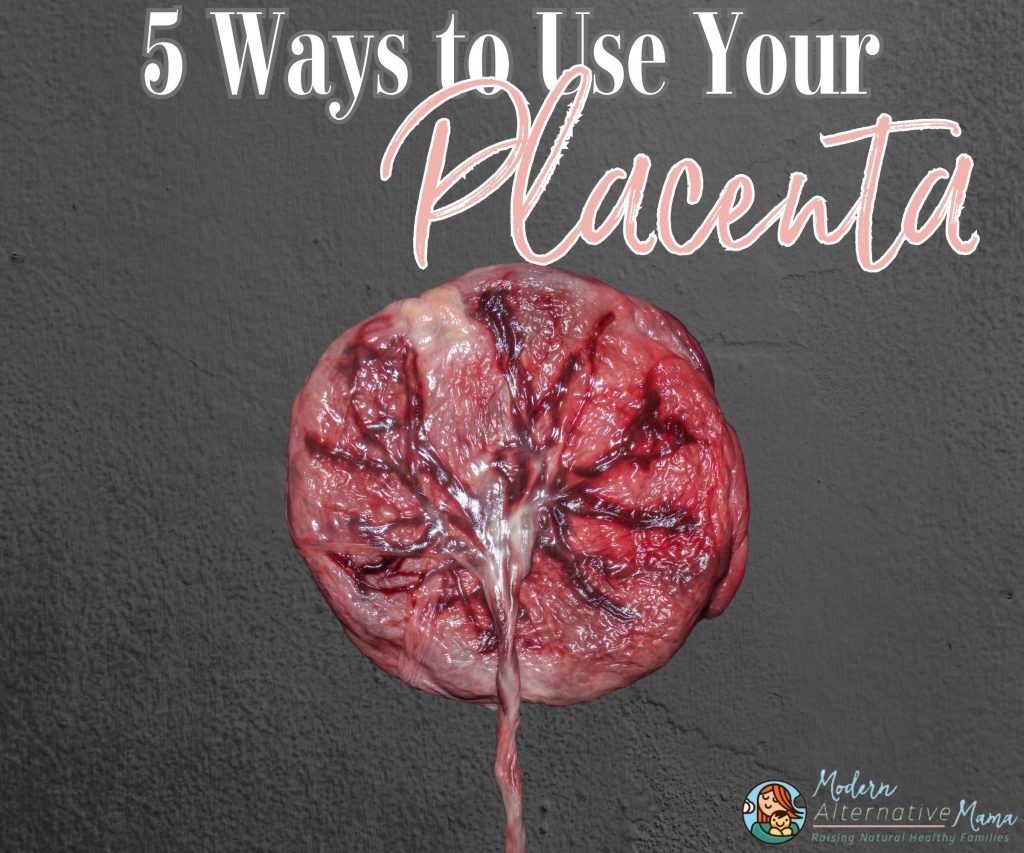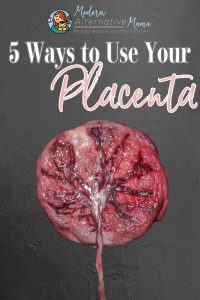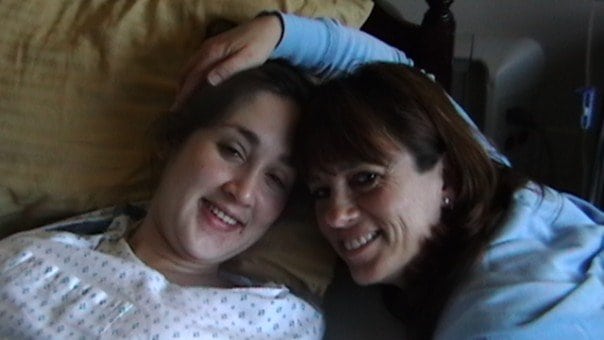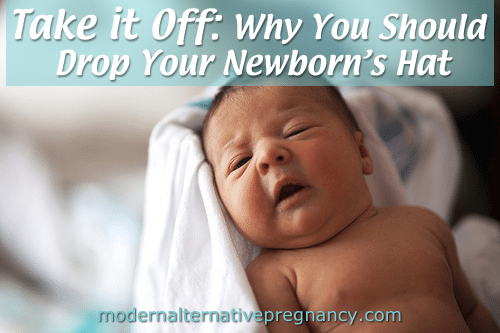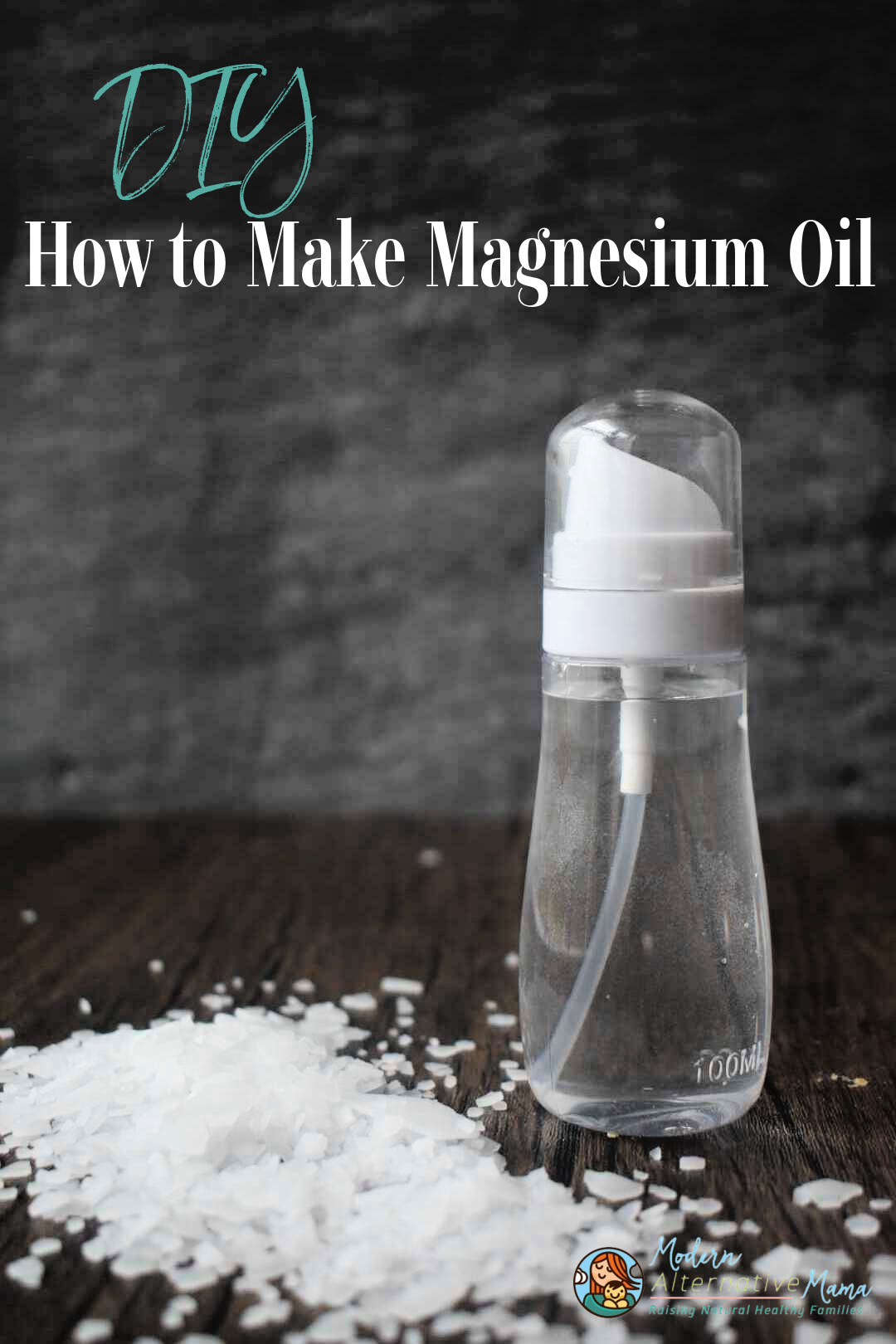By Amy, Contributing Writer
The placenta is a beautiful organ. It is responsible for growing a healthy baby by providing the fetus with it’s only source of food, blood and oxygen. It is such a great shame that such a beautiful organ is usually treated as waste and incinerated. There are in fact many ways to benefit from the placenta after birth which are equally spiritual and physically beneficial to the new mother and her baby.
If you wish to do any of the following 5 things to do with your placenta then do check your hospital or birthing center’s policy on placenta release. Most will treat them as medical waste and so if you wish to keep yours then this usually has to be arranged in advance. Some hospitals will release them immediately whilst others have protocols regarding keeping them in pathology for a period of time. Make sure arrangements are made to have the placenta frozen as soon as possible should the hospital insist on keeping it and make sure no harmful chemicals are used on it.
5 Things To Do With Your Placenta
Placenta Printing
Placenta prints make a lovely artistic keepsake and reminder of the life giving connection between mother and child. The prints are traditionally made with just the blood on the placenta. Whilst some people like to use paints as well, the natural blood creates beautiful prints with a full spectrum of red and brown colors and so isn’t necessary. Not using paints also mean you have the option to use your placenta in other ways once you have made the prints. When making the prints, make sure you choose a good non-acidic paper or canvas. The best way to achieve a clear print is to lay the placenta on a clean flat surface, arrange the cord into the desired position and lay the paper on top. Don’t wash the placenta but gently dab the fetal side of the placenta with kitchen paper as this will help achieve a better print that shows the full structure of the organ and show exactly how the placenta received its nickname of ‘the tree of life.’ A print made with the maternal side will show the lobes which form a pattern that is as unique as a person’s fingerprint. Beautiful.
Eat It
Eating your placenta is known as placentophagy. It is thought to have many benefits in helping the woman to recover from birth and is standard practice in many cultures. The placenta is loaded with iron and B vitamins which are vital for restoring energy levels. It also contains estrogen and progesterone which are said to help balance the hormones and reduce the chance of postnatal depression. Consuming the placenta is also said to increase the mother’s milk supply. The most beneficial way of consuming it is to eat it raw and it should be well rinsed and cut into small pieces. Adding them to smoothies is a popular choice as this makes it more palatable. Although raw is best, many people also choose to add the placenta to their favourite meals. The internet is full of recipe ideas including a very popular lasagna.
Encapsulation
If the thought of eating your placenta is too much for you, placenta encapsulation is an excellent and popular alternative. The placenta is steamed and dehydrated before being ground down into a powder which is then put in capsules. Mothers can then take the pills as they would vitamin pills with no taste to worry about. There are now many doulas and birthing companies that will provide this service for you or the process can easily be done at home in a dehydrator or oven. If you’re unable to encapsulate your placenta within 3 days of birth, then the placenta can be stored in the freezer for up to a year. However it is advisable to try and consume it as soon after birth as possible if you wish to obtain some of the many postpartum benefits. Once made, the capsules should be stored in the fridge and consumed within 6 months, You can freeze the capsules indefinitely and many people also freeze some pills to use to reduce the symptoms of the menopause later in life.
I chose to have both my placentas encapsulated and the energy boost I got from the pills was very welcome.
Lotus Birth
A lotus birth is the practice of leaving the umbilical cord uncut meaning the baby remains attached to the placenta until the cord separates at approx 3-10 days old. The belief behind lotus births is that cutting the cord is traumatic for the baby and keeping it attached for longer helps to ensure the baby receives everything it needs from it. When having a lotus birth, the placenta should be wrapped and placed in a bag or pouch. It should be patted dry and coated liberally with salt every 24 hours. Adding an essential oil such as lavender oil can help prevent any unwanted smells.
Plant it
If consuming the placenta isn’t for you then planting it in your garden is an ideal way of acknowledging the special connection it has with you and your child. Planting the placenta has long been part of many cultures and the Maoris in New Zealand bury the placenta as a symbol of honoring the relationship between humans and the earth. Many people choose to create a living monument by planting a fruit tree over the placenta. What a beautiful way to honor the birth of a child by watching a tree blossom as the child does.

